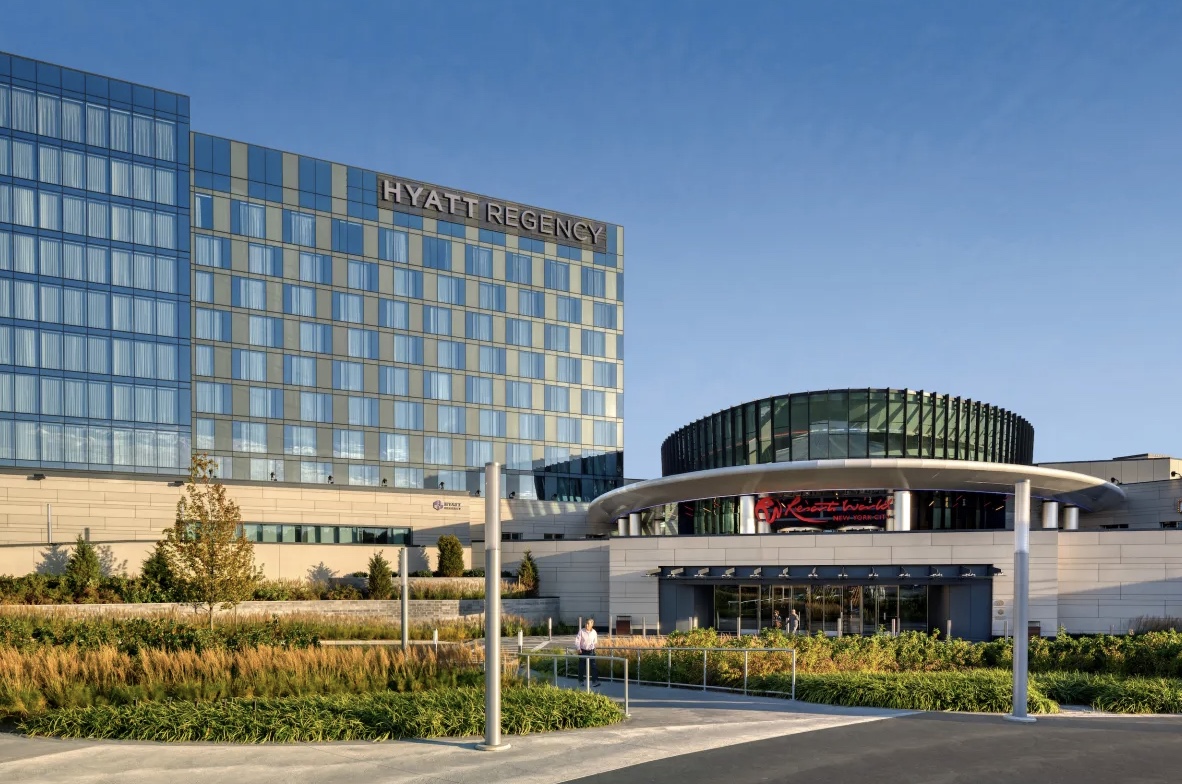Some city officials believe Governor David Paterson’s latest proposal to increase the Mobility Tax on city business while lowering the rate on those businesses outside the region to raise extra cash for the MTA is a “train wreck” of an idea.
Mayor Michael Bloomberg blasted Paterson’s proposal to raise the Mobility Tax on city businesses to .54 percent of payroll from the current rate of .34 percent, while decreasing the rate to .17 percent for those businesses outside of the Metropolitan Commuter Transportation District (MCTD). Bloomberg vowed to fight day and night to stop the “wrongheaded proposal.”
“First the Governor proposed a state budget that slashes support for New York City but not the suburbs, and now he proposes to wallop city businesses with more taxes while lightening the load for businesses in the suburbs,” Bloomberg said in a statement on Monday night, February 8. “The idea that the state can spare the suburbs while sacking the city is terrible economics, grossly unfair, and contrary to every principle of good regional development.”
Paterson’s proposal comes about after the MTA announced that it would likely have an additional $400 million shortfall – primarily based on lesser than expected revenues from the Mobility Tax that began last year. His proposal to increase the rate to .54 percent on city businesses would generate approximately $230 million in new revenue for the agency.
“The new proposal I am putting forward will provide relief to straphangers, as the MTA makes the difficult decisions necessary to balance its budget during an historic fiscal crisis that is significantly impacting all levels of government,” Paterson said.
The MTA said that Paterson’s proposal would help recover much of the latest $400 million shortfall and could prevent a new round of service reductions and cuts.
However, the agency said it would not affect its December service cuts, which its board approved in order to plug another $400 million gap. Some of those cuts included eliminating the W subway line in western Queens and terminating or reducing service on a number of local and express bus lines throughout the borough.
On Thursday, February 4, central Queens residents joined local elected officials to protest plans to eliminate the Q74 bus line – one of a dozen of Queens bus lines that would be impacted by service changes. The officials said that terminating the bus line would impact 2,000 daily riders, many of whom use the bus to travel to and from Queens College, downtown Flushing’s shopping district, Borough Hall and medical offices on the route.
“We are here today to send a message to the MTA that the Q74 bus is not just a convenience that can be eliminated in order to save money,” said Assemblymember Nettie Mayersohn, who represents the area. “It is a necessity for most of its ridership.”
Unless new sources of funding are found in order to close the gap, the proposed cuts would go into effect in July.
City Councilmembers are urging residents to sign a petition to protest the cuts the MTA has proposed. Residents can sign up by visiting, www.council.nyc./html/action_center/mta.shtml.
































